Yesterday, I finally made my way to the From the Lands of Asia exhibit at Pointe-à-Callière Museum here in Montreal. The exhibit has been going on since mid-November and I kept procrastinating. Earlier this week I found out it ends this weekend, so I knew I had to get my butt in gear and go!
I would have liked to wear kimono, but we had a terrible blizzard earlier this week and I knew I wouldn’t be able to trudge through the aftermath and spend several hours in a museum in comfort, so I decided to go subtle and wear a haori and kanzashi hairpin over a cute dress. The fact that I ended up wearing a ton of green on St. Patrick’s Day was an unintentional but nice bonus. But enough about me!
The exhibit was absolutely gorgeous. It featured over four hundred items from the private collection of one couple, Sam and Myrna Myers. It started out with ancient Chinese jades, followed by Buddhist artwork and artifacts through multiple Asian cultures, and ended with what was of course the highlight for me, a feature all on kimono! It was fascinating to see so clearly how kimono and Japanese art in general was so strongly influenced by ancient Chinese art and textiles before it. Watching the progression of how something you love so much comes to be can be intensely rewarding.
The kimono featured were primarily stage pieces and late Edo or early Meiji clothing, and they were all absolutely lush and gorgeous. It’s clear that the Myers were a couple of discerning tastes. I took over 150 photos, but I’ve chosen some of the best and most relevant ones to share here, but if you’re curious to see the rest there is a public album available on Facebook here.
- Embroidered Kesa
- Embroidered Kesa Detail
- The Life of Prince Shokotu
- The Life of Prince Shokotu
- Priest’s Robe
- Priest’s Robe Detail
- Edo Kimono
- Edo Kimono
- Edo Kimono
- Edo Kimono
- Edo Kimono
- Edo Kimono
- Tea Ceremony Tools
- Tea Ceremony Tools
- Lacquerware Box
- Lacquerware Box
- Lacquerware Box
- Samurai’s Vest
- Samurai’s Vest Detail
- Samurai’s Vest
- Samurai’s Hitatare
- Samurai’s Kamishimo
- Manjuwa Vest
- Men’s Juban
- Embroidered Screen
- Embroidered Screen
- Embroidered Screen
- Stage Uchikake with Tamasaburo Bando Video
- Stage Uchikake with Tamasaburo Bando Video
- Stage Uchikake with Tamasaburo Bando Video
- Kabuki Costumes
- Kabuki Costumes
- Kabuki Costumes
- Kabuki Costumes
- Kabuki Costumes
- Kabuki Costumes
- Samurai Armor
- Samurai Armor Detail
- Samurai Armor Detail


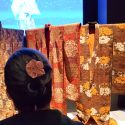
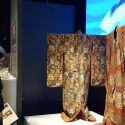
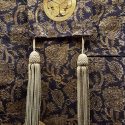
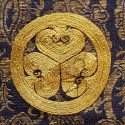
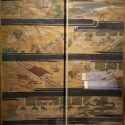

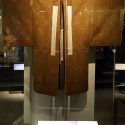

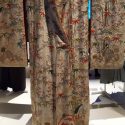

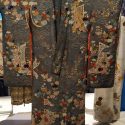
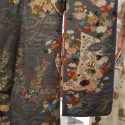
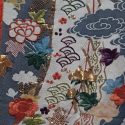

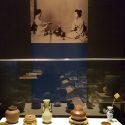
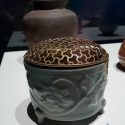

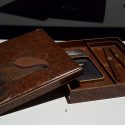
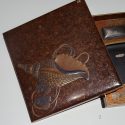

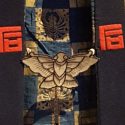
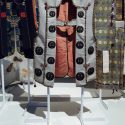
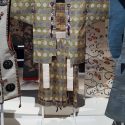

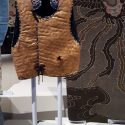

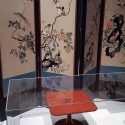
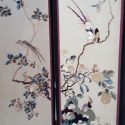
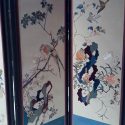


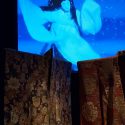
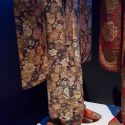

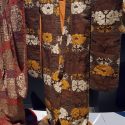
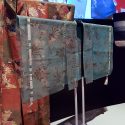

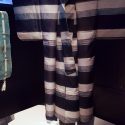




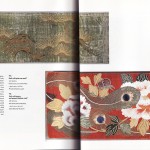

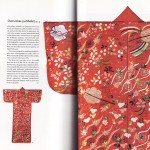
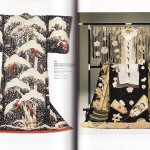











 Bebe Taian
Bebe Taian CHOKO Blog
CHOKO Blog Gion Kobu
Gion Kobu